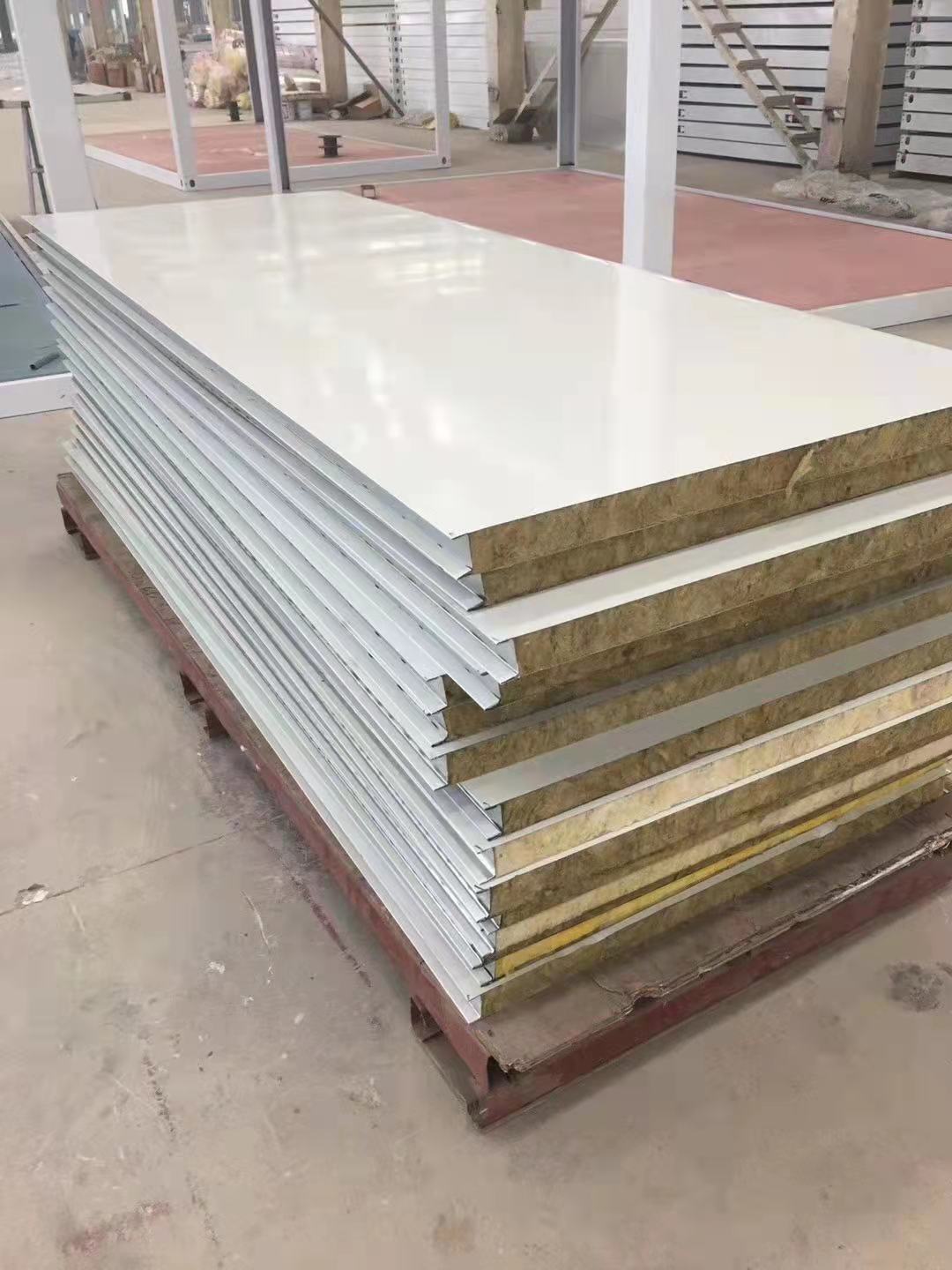What does grade a fire resistance mean
Grade A fire resistance typically refers to the highest level of fire protection available for materials or structures. It indicates that the material can withstand exposure to fire for a specified period, usually expressed in hours, without losing its structural integrity or functional capabilities. This grading is often part of a standardized testing and certification process to ensure the safety and resilience of buildings and other structures in the event of a fire.

Here are some key points about Grade A fire resistance:
Duration: Materials with Grade A fire resistance can typically withstand fire for at least three hours, although this can vary depending on the specific standards and regulations of a region or industry.
Testing Standards: The classification is determined through rigorous testing based on established standards, such as those from ASTM International, the International Organization for Standardization (ISO), or local building codes.
Applications: Grade A fire-resistant materials are commonly used in critical parts of buildings, such as structural supports, walls, floors, and doors, to ensure maximum safety during a fire.
Materials: Common materials that can achieve Grade A fire resistance include certain types of concrete, steel, and specially treated wood or composites designed to withstand high temperatures.
Certification: Products or materials with Grade A fire resistance typically come with certification or labeling that indicates they meet the necessary fire resistance standards.

Understanding the specific requirements and standards in your area is essential, as different countries or regions may have varying criteria for what constitutes Grade A fire resistance.







